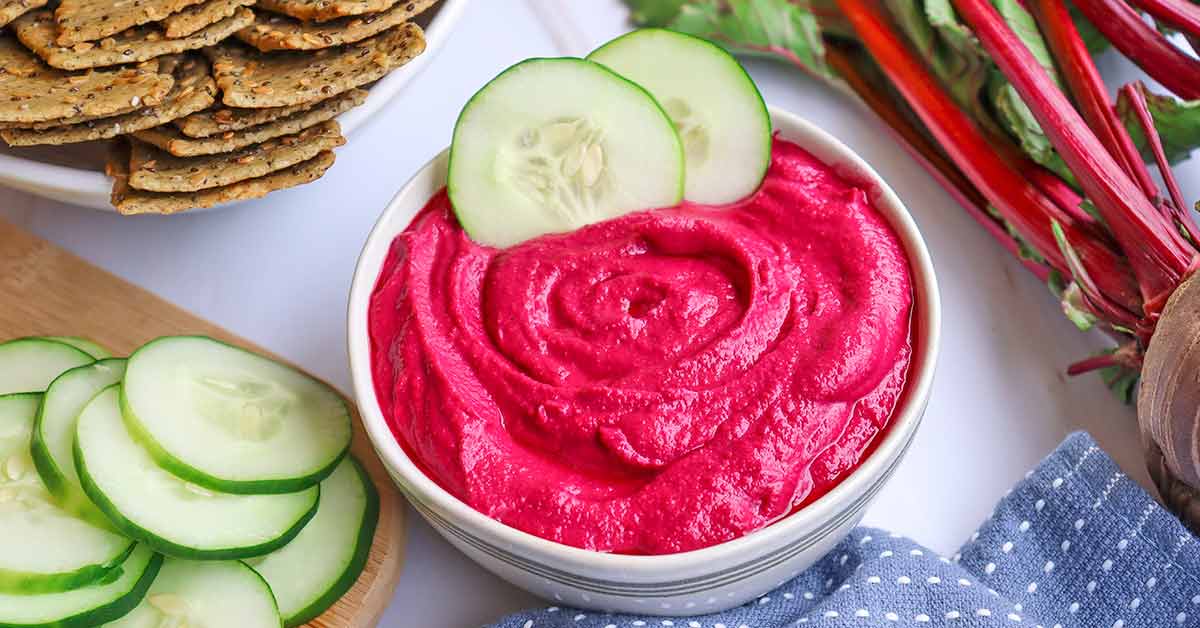

If the only tool you give someone is a hammer, every problem becomes a nail. In January 2023, the American Academy of Pediatrics issued new guidelines for evaluating and managing childhood obesity.[1] The public reaction has been shock and dismay because the AAP recommendations now include anti-obesity medicines for those as young as 12 and bariatric surgery down to age 13. But these guidelines should not come as a surprise. Pharmaceutical and surgical interventions are how doctors have learned to react to disease; it should come as no surprise that—presented with the persistent, growing nail of childhood obesity—these are the hammers they wield.
The AAP also recommends Intensive Health Behavior and Lifestyle Treatment (IHBLT). According to the guidelines, IHBLT should be intense and frequent. It should include physical activity and nutrition counseling. However, the 100-page document is not very specific about what nutrition counseling should involve. They suggest avoiding sugar-sweetened beverages and applying the governmental My Plate recommendations, but these recommendations were not specifically developed for pediatric weight management. In their defense, the AAP admits that there are scant studies on nutrition and pediatric weight concerns, confirming that nutrition is the screwdriver that doctors are not learning to use during all our hammer lessons.
There is one descriptive instruction in the whole document: IHBLT nutrition counseling should include “a nondiet, lifestyle modification approach that teaches families to set goals for meal preparation, grocery shopping, and learning skills including portion size and label reading.” While a lifestyle modification approach can be applauded, encouraging children to limit portions and check labels sounds like a restrictive diet. Why restrict when the whole food, plant-based (WFPB) diet has been shown to lead to weight loss while encouraging bountiful meals and snacks of colorful plants? Furthermore, the foods best suited for weight loss—whole plants—have no labels!
The key to understanding and implementing this plant-based recommendation for obesity is the concept of calorie density. People tend to eat about the same weight of food every day. That amount depends on stomach size and satiety hormones. It is usually two to four pounds per day for an adult. Calories are the units of energy that we extract from the chemical bonds in our food to warm our cores and move our bodies. Calorie density is the measure of how many calories are in the weight of our food.
Because plants have a lot of zero-calorie fiber and water content, they offer low calorie density. Plants can fill a person up without providing excessive calories. And what happens when we consume excessive calories? Extra calories are appropriately stored as fat molecules around our body, to be accessed if calories ever become scarce. This talent for storing and using excess calories is an evolutionary advantage that would have saved the lives of our paleolithic ancestors many times when hunting or gathering was unsuccessful. But today, for most of us, calories are constantly within easy reach, and this emergency storage adaptation has become a problem leading to obesity.

Researchers have shown how varying calorie density can lead to weight loss without requiring portion control. One enlightening study enrolled unsuspecting healthy-weight women to answer questions about food quality at a buffet.[2] The women were fed meals ad lib over two days and asked about the flavors they tasted. Little did they know that the researchers were measuring the quantity of the food while varying the buffet’s calorie density.
It turned out that each woman ate about three pounds of food per day on average, no matter what the calorie density of the proffered buffet. Although they ate the same weight of food over the two days, the women at the low-calorie density buffet consumed 850 calories less when compared to the women dining at the high-calorie density buffet. After a week, the low-calorie density buffet would yield about 3,000 calories less while still filling the belly.
Our lives are not so different from this experiment. Most of us have easy access to an all-you-can-eat buffet stocked with countless high-calorie density delights—processed foods with added oils, sugar, and salt. Children today can easily take in many more calories than their bodies require. When weight loss is the goal, it is unnecessary to shrink the buffet; instead, we should be “switching the buffet” to low-calorie-density foods.
Another research group demonstrated the weight loss benefits of changing the buffet. The BROAD study enrolled adults with obesity, randomized into two groups.[3] The control group was taught the usual weight loss methods, whereas the other half learned about the WFPB diet. This intervention group was instructed to avoid animal products, high-fat plant foods (like avocados), and highly processed foods. They were instructed to eat as much as they wanted, but only whole grains, starches, legumes, bread, pasta, potatoes, vegetables, and fruit.
After six months, both cohorts lost weight. The control group participants lost an average of 3.5 pounds. But the individuals in the WFPB group did much better, losing an average of 26 pounds each. That’s an average of about one pound per week—all while filling up on often-maligned foods like pasta and potatoes.
With this research in mind, I would revise the IHBLT recommendation to the following: a nondiet, lifestyle modification approach that teaches families to set goals for meal preparation, grocery shopping, and to fill up on whole plants that have no labels.
Currently, our society is obsessed with protein and fearful of carbs. Not coincidentally, we are also sick with epidemics of obesity, type 2 diabetes, and hypertension. When going plant-based, especially for weight loss, we must step out of that society. Forget the labels, portion control, and the fetish for protein. Instead, first, consider if the food is of plant or animal origins. And if plant, is the food whole or processed? Make the WFPB choice. It will be the lower calorie density food, which will be the best tool for managing childhood obesity.
References
- Hampl SE, Hassink SG, Skinner AC, et al. Clinical Practice Guideline for the Evaluation and Treatment of Children and Adolescents With Obesity. Pediatrics. 2023;151(2):e2022060640. doi:10.1542/peds.2022-060640
- Bell EA, Castellanos VH, Pelkman CL, Thorwart ML, Rolls BJ. Energy density of foods affects energy intake in normal-weight women. Am J Clin Nutr. 1998;67(3):412-420. doi:10.1093/ajcn/67.3.412
- Wright N, Wilson L, Smith M, Duncan B, McHugh P. The BROAD study: A randomised controlled trial using a whole food plant-based diet in the community for obesity, ischaemic heart disease or diabetes. Nutr Diabetes. 2017;7(3):e256. Published 2017 Mar 20. doi:10.1038/nutd.2017.3
Copyright 2023 Center for Nutrition Studies. All rights reserved.
Earn Your Plant-Based Nutrition Certificate
Join over 20,000 students who have improved their health, learned new skills, and even inspired career changes.

- 100% online, learn at your own pace
- Instructor led format
- No prerequisites
- Continuing education credits










